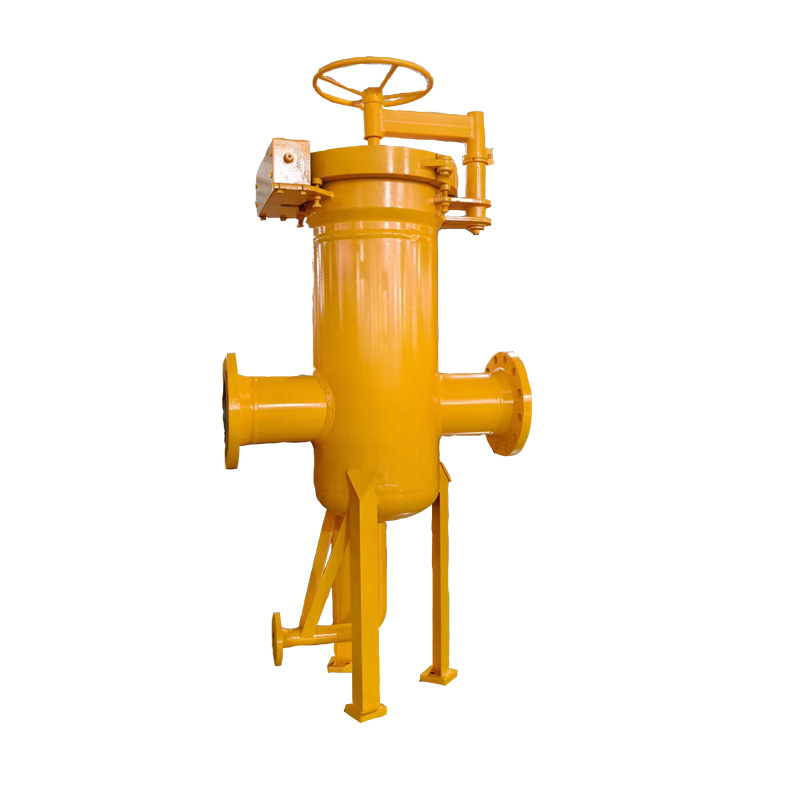
Nov . 18, 2024 12:07
Back to list
Natural Gas Pressure Regulation Facility for Safe Distribution and Usage
Natural Gas Pressure Reducing Stations An Overview
Natural gas is a critical energy source that powers homes, industries, and vehicles across the globe. However, the delivery of natural gas does not occur at a constant pressure. It must be carefully controlled to ensure safe and efficient utilization. This is where natural gas pressure reducing stations come into play. These facilities are vital components of the natural gas distribution system, facilitating the required pressure adjustments to meet the regulations and demands of end-users.
Understanding Pressure Reducing Stations
A natural gas pressure reducing station (PR station) is designed to reduce the pressure of natural gas from high-pressure transmission lines to a lower pressure suitable for distribution to local networks. Typically, gas travels through pipelines at high pressures, which can range from 200 to over 1,500 psi (pounds per square inch). However, this pressure is too high for safe delivery to residential and commercial customers, where it is usually required to be reduced to levels between 5 psi and 75 psi.
Components of a Pressure Reducing Station
Pressure reducing stations consist of various components that work together to ensure the proper reduction and control of gas pressure. The main components include
1. Pressure Regulators These are the heart of any pressure reducing station. Regulators automatically adjust the flow of gas and reduce its pressure to predetermined levels. They ensure stable flow rates and prevent over-pressurization, which could lead to hazardous situations.
2. Isolation Valves These valves control the flow of gas into and out of the station. They provide a means to isolate the station from the pipeline, enabling maintenance and emergencies without disrupting the supply of natural gas to consumers.
3. Filters Natural gas can carry impurities and particulate matter that can damage equipment. Filters are installed to remove such contaminants, ensuring that only clean gas enters the pressure reducing system.
4. Safety Devices To ensure the safe operation of the station, various safety mechanisms are employed. These include pressure relief valves that can release excess pressure if it exceeds safe operating levels and alarms that prompt operators in case of abnormal conditions.
5. Instrumentation Pressure and flow measurement instruments are installed to monitor real-time data. These instruments help operators in controlling and optimizing station operations and ensuring compliance with regulatory standards.
natural gas pressure reducing station

Importance of Pressure Reducing Stations
Pressure reducing stations serve several critical functions in the natural gas distribution network
1. Safety By reducing the pressure of natural gas to safe levels, these stations protect infrastructure and end-users from potential accidents such as explosions or gas leaks.
2. Operational Efficiency Proper pressure regulation ensures that natural gas is delivered to customers at the right pressure, enhancing the efficiency of appliances and systems that use gas.
3. Regulatory Compliance Natural gas utilities must comply with local and federal regulations that dictate safe delivery pressures. Pressure reducing stations help meet these legal obligations, thus protecting public health and safety.
4. Flexibility in Usage These stations can accommodate varying demands from customers, allowing for adjustments in gas delivery due to changing consumption patterns, seasonal fluctuations, or emergency response needs.
Future Considerations
As the world transitions towards cleaner energy sources, the role of natural gas pressure reducing stations may evolve. With the rise of renewable energy and biogas, there may be a need for more advanced pressure regulation systems that can handle diverse fuel types and fluctuating pressures. Additionally, the incorporation of digital technology and automation in these stations could enhance operational efficiency and safety monitoring.
Conclusion
Natural gas pressure reducing stations are essential for the safe and efficient delivery of natural gas. They play a crucial role in the distribution infrastructure, ensuring that gas is supplied at appropriate pressures for various applications. The continued advancement in technology and regulatory frameworks will shape the future of these stations, further enhancing their importance in the energy landscape. As we strive for a more sustainable energy future, understanding and optimizing these facilities will be fundamental to our energy strategies.
Next:
Latest news
-
Safety Valve Spring-Loaded Design Overpressure ProtectionNewsJul.25,2025
-
Precision Voltage Regulator AC5 Accuracy Grade PerformanceNewsJul.25,2025
-
Natural Gas Pressure Regulating Skid Industrial Pipeline ApplicationsNewsJul.25,2025
-
Natural Gas Filter Stainless Steel Mesh Element DesignNewsJul.25,2025
-
Gas Pressure Regulator Valve Direct-Acting Spring-Loaded DesignNewsJul.25,2025
-
Decompression Equipment Multi-Stage Heat Exchange System DesignNewsJul.25,2025

